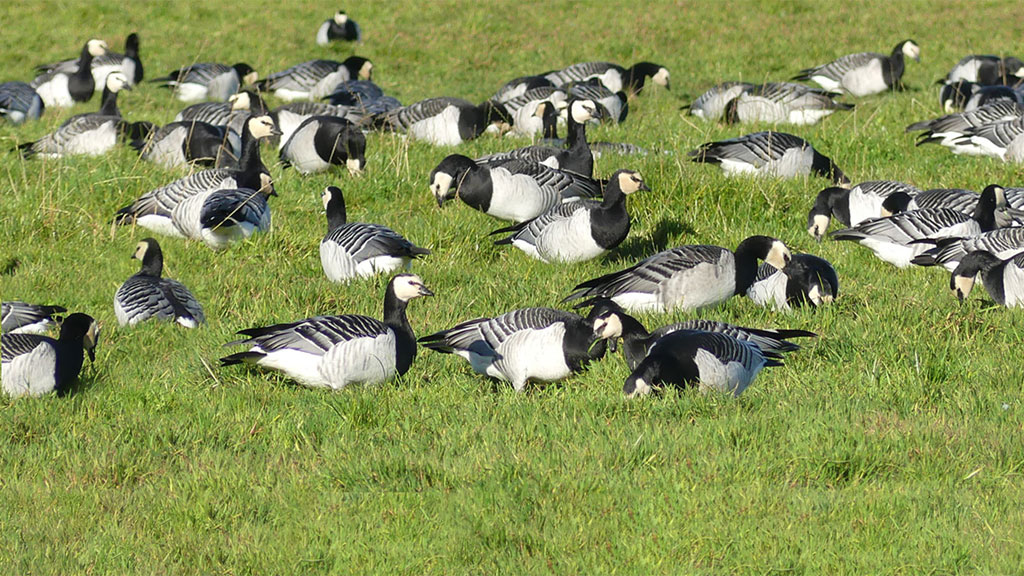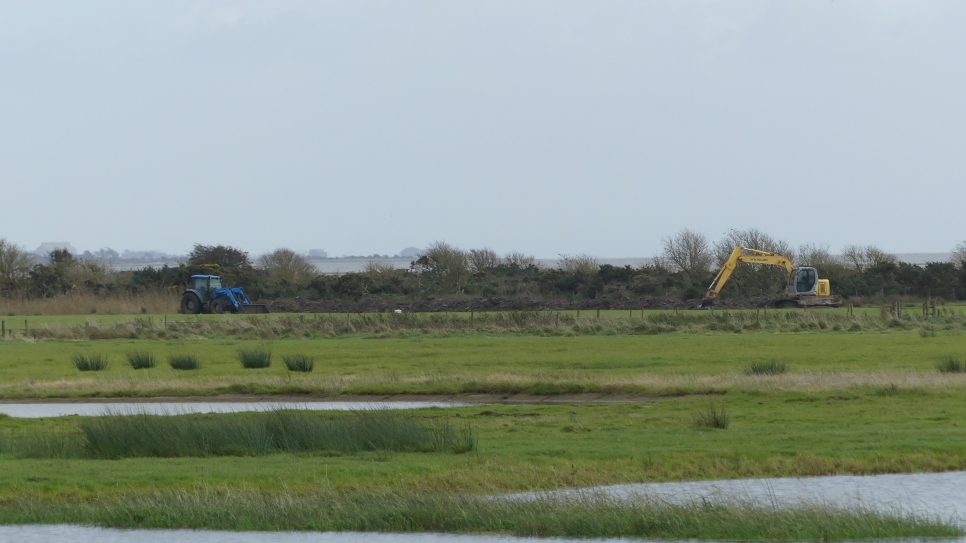Nature's approval: The Wilder, Wetter Caerlaverock Diaries no.4

Years ago, drains were laid in many parts of the reserve to remove water from the fields to make it easier to farm the land. A gallant attempt but it’s very hard to force nature to be something that it isn’t. Even though the field drains were working, the ground was still very wet meaning most of it was rush pasture or wet grassland.
What we have decided to do now is let nature hold the steering wheel as we drive to increase biodiversity on the reserve through wetland creation and restoration. That’s where the Wilder, Wetter Caerlaverock project (supported by the Scottish Government’s Nature Restoration Fund, managed by NatureScot) comes into action with a key target being precisely that!
So in March of this year we had an excavator on a portion of the reserve for five days to help with this work. The first thing we did was block up the field drains allowing the land to act as a sponge, taking up more water and raising the water table. We also created scrapes and channels to hold water and provide habitat for waders, ducks and invertebrates like dragonflies and damselflies (hopefully!). This increase in invertebrate population then acts as a food source to other animals.
It’s incredible what an excavator can do in five days. This part of the reserve looked transformed but it was then a question of watching and waiting. How far into spring would these new features hold water?
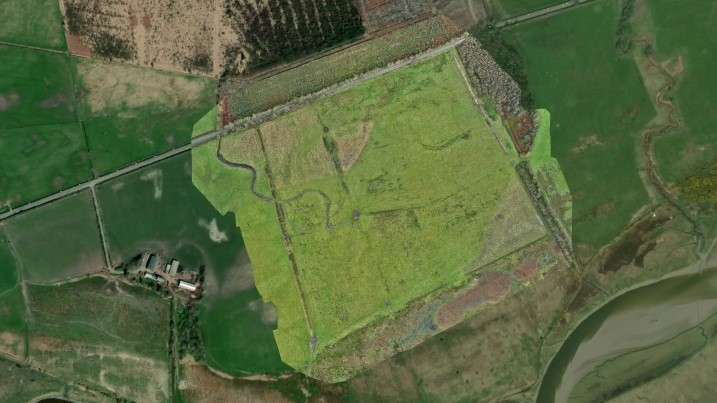
before

after
Fast forward to July and I’m out in the fields where we created these scrapes and channels, checking on our cattle. I can’t help but feel amazed that some of our scrapes are holding so much water way into the summer! But the scrapes have had very different results depending on where you look. Some scrapes are full with water whilst others are now completely dry, despite the weather we’ve had this year so far. Although this might sound like a bad thing, it is actually a positive change because it offers a variety of habitats which suits a wider range of species. Some invertebrates prefer the now bare, dry ground, whilst others like the bare but muddy scrapes.
These changing water levels can have positive impacts on waders too. Lapwing chicks love feeding in wet exposed mud, just like the areas you find on the margins of water bodies. The theory is that as it moves further into summer, the pond will dry out and expose new feeding areas for the chicks.
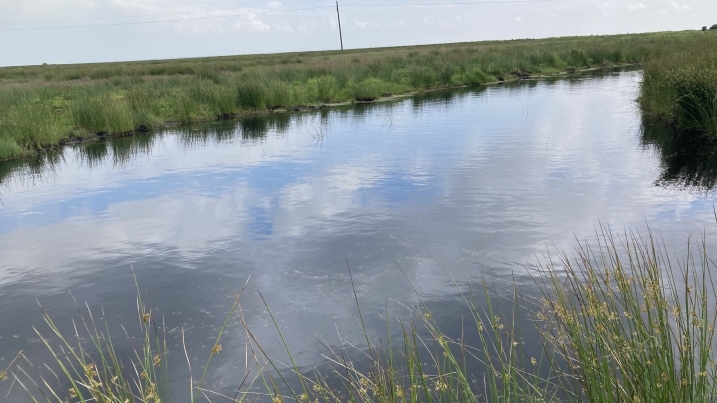
There are a few reasons why some pools dry out more than others. For starters, simply some soil types hold different amounts of water – for example, clay is wetter than sandy soil. Another factor is the gradient of the land. Areas of raised ground are going to fall out of range of the water table quicker if there is suddenly less rainfall. You can see this in the LIDAR images (in a nutshell, LIDAR uses light to measure distance and show low and high points in the land and is one of the methods we used to select the areas where we create scrapes). If there’s a source of water that flows into a pond or scrape, this can keep them topped up for longer as well.
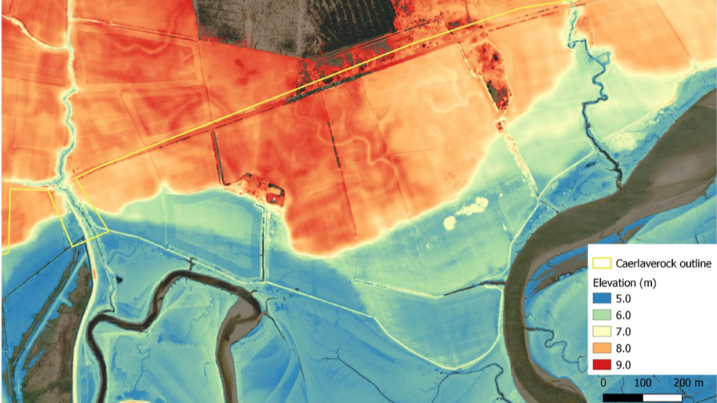
I feel I have sensed nature’s big seal of approval already by there being an increase in wildlife using the area since the work got finished. We saw several shelduck using the pools in early May, increased skylarks through the spring, more and more dragonfly and damselfly activity around the pools and the cherry on top? At least one lapwing chick was spotted at the back of the field – something we wouldn’t have seen at all without the work we’ve done in there.
By no means does this mean that we’re finished and can sit back and watch the rest unfold. There’s still plenty to do but it’s immensely rewarding to see we’re headed in the right direction.
This project is supported by the Scottish Government’s Nature Restoration Fund, managed by NatureScot.
Words by Jake Goodwin
Pictures by Huw Connick
